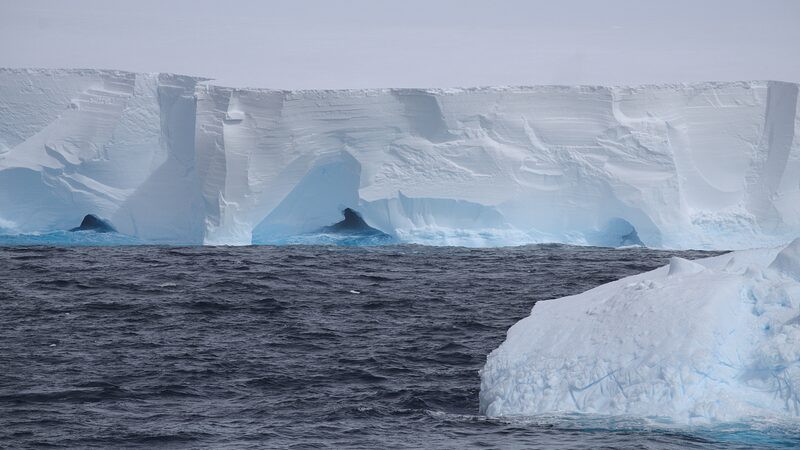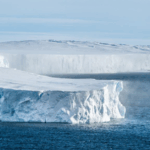Imagine sailing through Antarctic fog and suddenly spotting a white horizon stretching endlessly—a frozen titan revealing itself. That’s how expedition leader Ian Strachan described encountering A23a, the world’s largest iceberg, now embarking on a dramatic northward voyage after 30+ years frozen in place.
A Colossal Ice Giant
At nearly 4,000 sq km (twice London’s size!), A23a is a U-shaped marvel with cracks resembling sheet music. Waves smash its 400m-thick walls, sculpting blue arches before they collapse—a reminder of nature’s raw power. ❄️⚡
Why Now?
After decades anchored to the ocean floor, satellite data showed A23a ‘wobbling’ in 2020 before breaking free late 2023. Scientists debate climate links—Antarctic sea ice hit record lows last year—but Andrew Fleming of the British Antarctic Survey says: 'It’s likely just its time.'
The 'Iceberg Alley' Odyssey
Moving slower than walking pace, A23a drifts past Elephant Island toward 'Iceberg Alley.' If it nears South Georgia Island, penguins 🐧 and seals could face blocked foraging routes. But most expect it to melt in warmer Atlantic waters—its trillion tonnes of freshwater dissolving into the ocean. 💧
A Natural Cycle, Changing Fast
While icebergs break off yearly, Fleming notes A23a is part of a 'dramatically changing system.' As it journeys northeast, researchers track whether its path—like past giants—ends near Brazil or quietly fades away. 🌍🔬
Reference(s):
World's biggest iceberg 'battered' by waves as it heads north
cgtn.com





